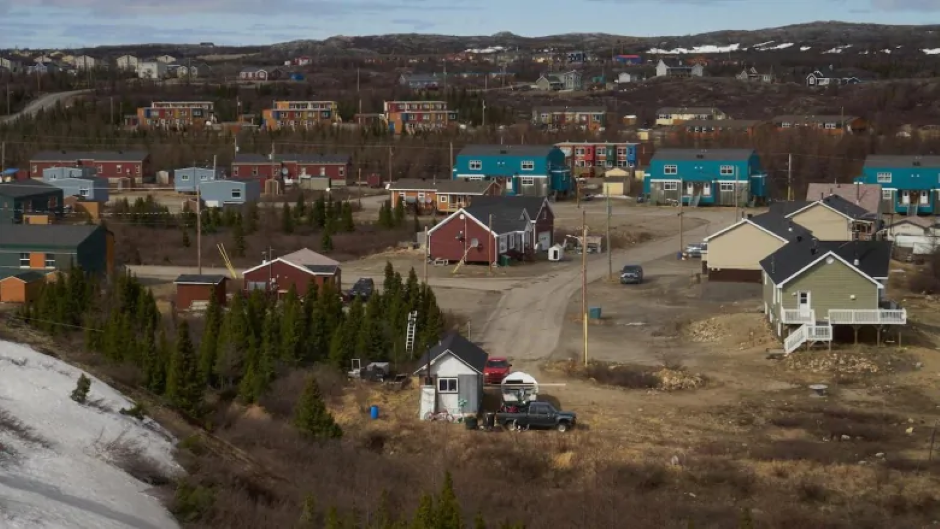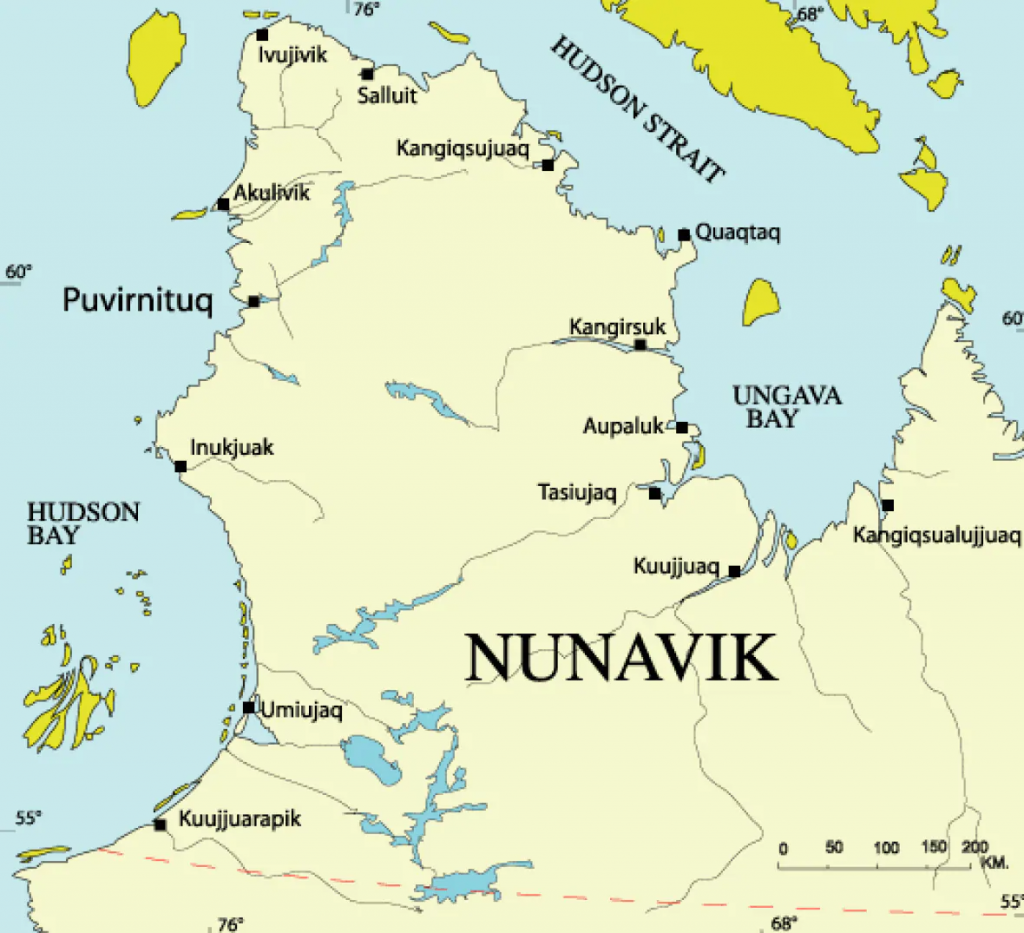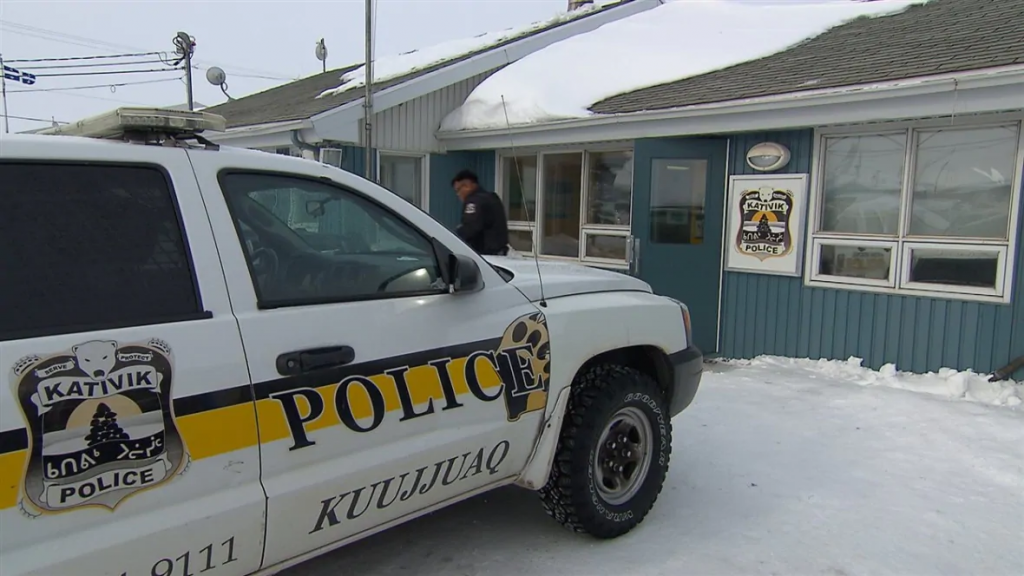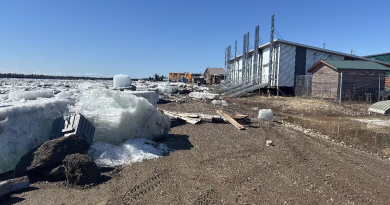Police-related death rate in Northern Quebec 30 times higher than Ontario’s

Nunavik has seen more police-related deaths in the last two decades than any of Canada’s three territories, despite having a population about one-third of each territory.
According to information from Quebec’s chief coroner’s office, there were 17 such deaths between 2000 and 2018 in Nunavik. The northern Quebec region comprising of 14 mostly-Inuit communities had an average population of 11,746 in that time period.
By comparison, Nunavut, with the highest police-related death rate of the territories, had 13 deaths between 2000 and 2018. Nunavut’s average population in that time period was 32,441.
Yukon and Northwest Territories, each of which has an average population of more than 40,000 in the same 18-year period, had five and six police-related deaths, respectively.

Police-related deaths in this story refer to deaths in police custody, detention or during or after interacting with police. CBC collected data from each of the chief coroner’s offices in the jurisdictions, and also from the Special Investigations Unit in Ontario for a point of reference outside the North.
Compared to Ontario, Nunavik’s rate of police-related deaths is more than 30 times higher, the data shows.
The Kativik Regional Police Force, which polices Nunavik, said it would not provide a comment for this story.
Rate also 9 times higher than Yukon’s
CBC sent all collected data to a criminologist at the University of Toronto with over thirty years of experience analyzing statistics.
Professor Emeritus Anthony Doob performed a series of statistical tests on the data to determine what, if any, trends stood out and what degree of confidence we can draw from those trends.
The tests performed by Doob show the rate of police-related deaths in Nunavik is more than nine times higher than Yukon.
The rates of Northwest Territories and Nunavut also appear lower than Nunavik.
Doob said caution is needed for the comparison with Nunavut and Northwest Territories because the statistical tests yielded less confident results than with Yukon or Ontario.

Conservatively, Doob concluded that Nunavik has at least as high, if not higher rates than Nunavut.
An earlier CBC story reported that Nunavut had a rate three times higher than the Northwest Territories. That means Nunavik’s rate of police-related deaths is also probably higher than Northwest Territories, Doob said.
Trend points to possible spike in deaths
There’s another way to look at these numbers to look for a trend, the professor added.
Nunavik had police-related deaths in 10 of the 19 years analyzed; meanwhile Nunavut had seven, Northwest Territories had four, and Yukon had three years of police-related deaths.
“This trend is not [statistically significant] but obviously in the same direction as the other tests showing Nunavik with the highest rate of police-related death,” said Doob.
Like Nunavut, the trend of police-related deaths tended to be higher in the second half of the data though more data is needed to verify that, Doob said.
In an earlier story on the rates in Nunavut, Doob said it appeared to be something that’s “systematic” and “obviously worth looking into” the spike in deaths in recent years.
Related stories from around the North:
Canada: Former officers from Canadian police reflect on how to fix policing in the North, CBC News
Finland: Police response times up to an hour slower in Arctic Finland, Yle News
Sweden: Film exploring racism against Sami wins big at Swedish film awards, Radio Sweden
United States: Lack of village police leads to hiring cops with criminal records in Alaska: Anchorage Daily News, Alaska Public Media



